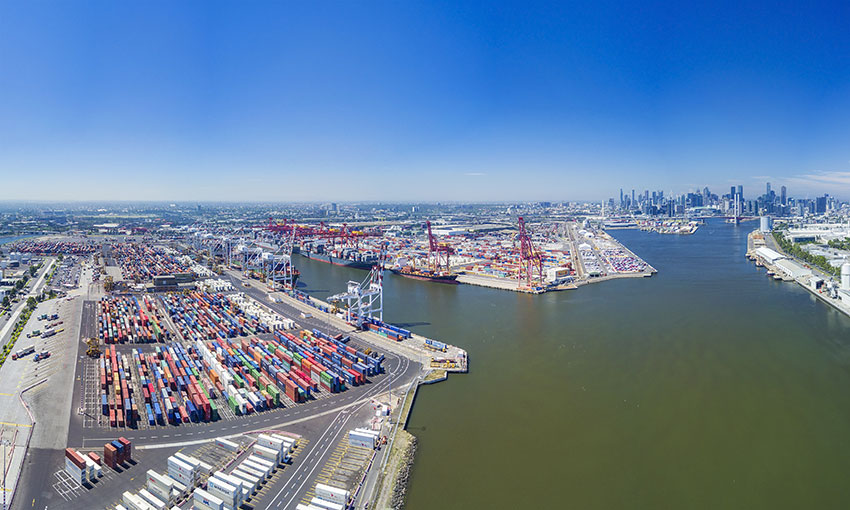PORT of Melbourne continues to see big container volumes crossing its wharves, according to the latest trade statistics from the port.
In April, the port reported a total container throughput of 267,994 TEU, an increase of 22.4% compared with April 2020. The port said container volumes for May continue to track well above 2020’s figures.
Imports of full containers from overseas in April 2021 were up 19.9% in the same period last year. Furniture, domestic appliances, non-electrical machinery and textiles had the largest month-on-month variances for international imports.
Effects of COVID-19 restrictions
In a statement, the port said this reflects COVID-19 restrictions on travel and tourism continuing to redirect consumer spending to homeware-related commodities. It also reflects weak year-on-year comparables, as there were supply-chain disruptions this time last year due to COVID-19 restrictions.
Exports of full containers to overseas markets increased 3.6% on April of last year, with non-ferrous metals; pulp and waste paper; and wheat as the biggest movers.
Empty container movements were up 57.2% on April 2020, with year-to-date empty volumes up 19.6%.
Full container trade between Melbourne and Tasmania, excluding transhipments, increased 3% on April last year to total 20,867 TEU. This was up 6.0% for the year to date.
Port of Melbourne reported that full container transhipments were up 28.2% in April on the same month last year. It said recent changes to MSC’s Asia-Oceania network linking China, South East Asia, New Zealand and Australia generated more transhipments.
Non-container trade
Motor vehicle imports were up 74%. Motor vehicle exports were up 191.7%, with improving demand in Tasmania and increased interstate transhipment.
The port reported an increase of dry bulk trade of 61%, and an increase in liquid bulk of 19.9%.
Commentary from the port accompanying the trade statistics said global shipping congestion remains an ongoing issue, with vessels continuing to call off-window and changing rotation due to delays throughout North East Asia and South East Asia.

